
Against the Gods
The Remarkable Story of Risk
Recommendation
This work is a minor classic of financial literature. Business historian Peter L. Bernstein wrote it during the early 1990s, when faith in the power of quantitative models and financial engineering was at its apex, and he tells a heroic story. Beginning with Greek mythology, Bernstein shows how cultural ideas about risk and probability evolved through Arab mathematics, the European Enlightenment and Chicago School economics. He writes in a spare, straightforward style, and manages to convey the essentials of financial theory and the essences of great economists without losing the reader in a maze of equations. Of course, the 2008 financial crisis cast probabilistic models and financial engineering as global market villains. In retrospect, that makes Bernstein’s evident admiration for those models seem rather touchingly ingenuous. Nonetheless, getAbstract finds that this is still one of the best popular introductions to the development of financial science.
Summary
About the Author
Peter L. Bernstein heads Peter L. Bernstein, Inc., an economic consultancy for institutional investors. Among other books, he wrote Economist on Wall Street and The Price of Prosperity.








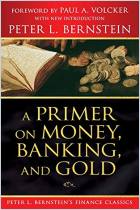
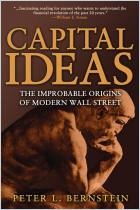
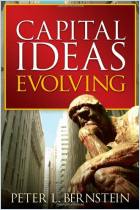

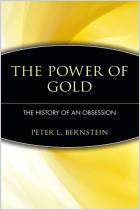

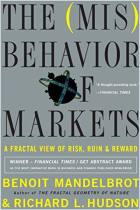
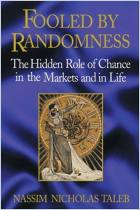
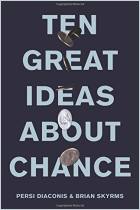
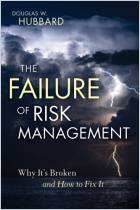
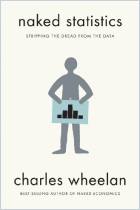






Comment on this summary